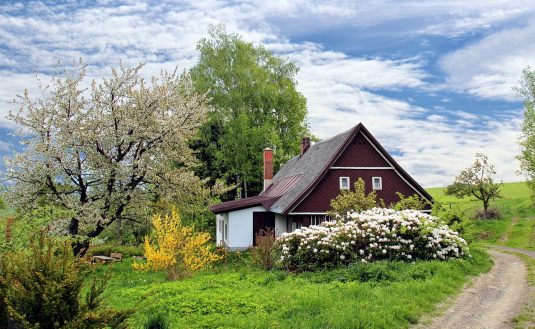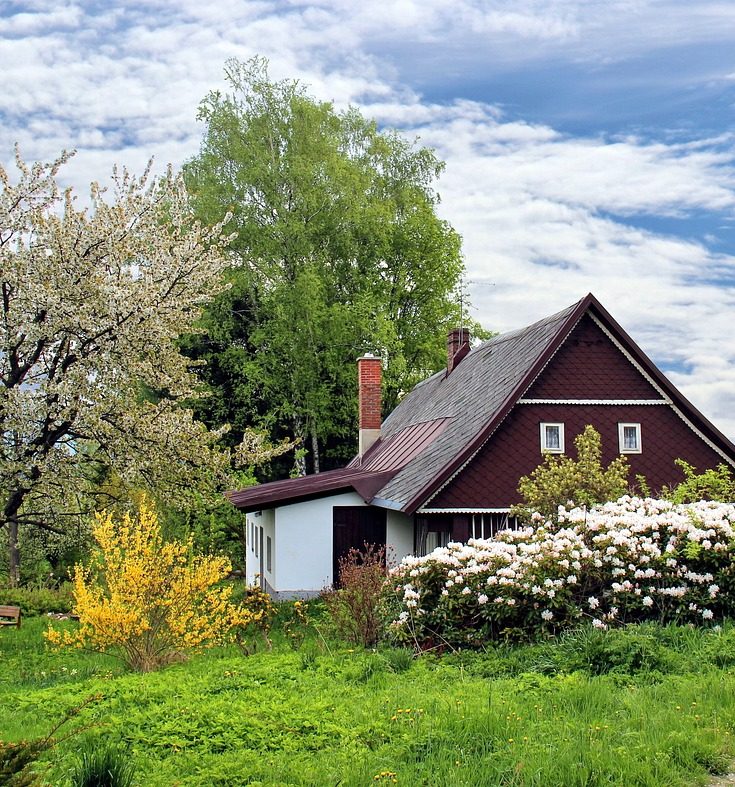The simplest way to avoid vinyl cladding leaks is to have your cladding replaced by a professional that offers a quality service backed with a warranty. If you’re looking for the simplest solution, then take a look at what Peter Bracey has to offer.
However, in reality the situation is not normally as simple as this. Fortunately if you discover you have vinyl cladding leaks you can take steps to stop them and prevent them from reoccurring.

Inspection
Perhaps the most important step in preventing vinyl cladding leaks is to perform a visual inspection at least twice a year. The best time to do this is before the wet season starts and at the end of it. Of course it can be a good idea to do an extra inspection after a bad storm.
You need to be looking for any areas where the vinyl cladding appears damaged or is not sitting correctly overlapping the piece below it. The presence of a line of green algae should also tell you that there is a water ingress issue; usually at the top of the algae column.
It’s important to note that the outer surface of vinyl cladding is waterproof but the material itself is not classified as waterproof.
Regular inspection will allow you to fix issues before they cause leaks.
Sealing
The edges of your vinyl cladding system should be sealed to ensure water cannot get behind it and start giving you problems. You’ll need to ensure that the company fitting your cladding seals these gaps. You can always check the sealant before you settle your bill.
Water Channels
Fitting water channels round windows and even doors will help to ensure all water is carried away from the area efficiently. If you don’t have these channels then the water has the potential to sit still. When this happens you increase the likelihood of it getting through the cladding and giving you problems.
In fact incorrect or missing J channels to direct water is one of the biggest causes of vinyl cladding leaks in buildings.
Flashing
It is important to surround all windows and other features on your building with flashing. This will ensure the water is directed away from the window and onto the top if your vinyl cladding. Failing to add flashing will leave your property open to water going behind the cladding and causing all sorts of issues.
Water Resistant Barrier
As mentioned vinyl cladding is not classed as waterproof. While it should prevent water from getting to your home it is safer to use a water resistant layer on the walls first before installing the vinyl cladding. This will protect the walls if you do have a vinyl cladding leak.
It is easy to remove a low cladding board to see if the water resistant barrier exists underneath. If it doesn’t, you’ll need to speak to your cladding installing. It’s a big job to correct it but an important one; especially if you have a wooden framed house.

